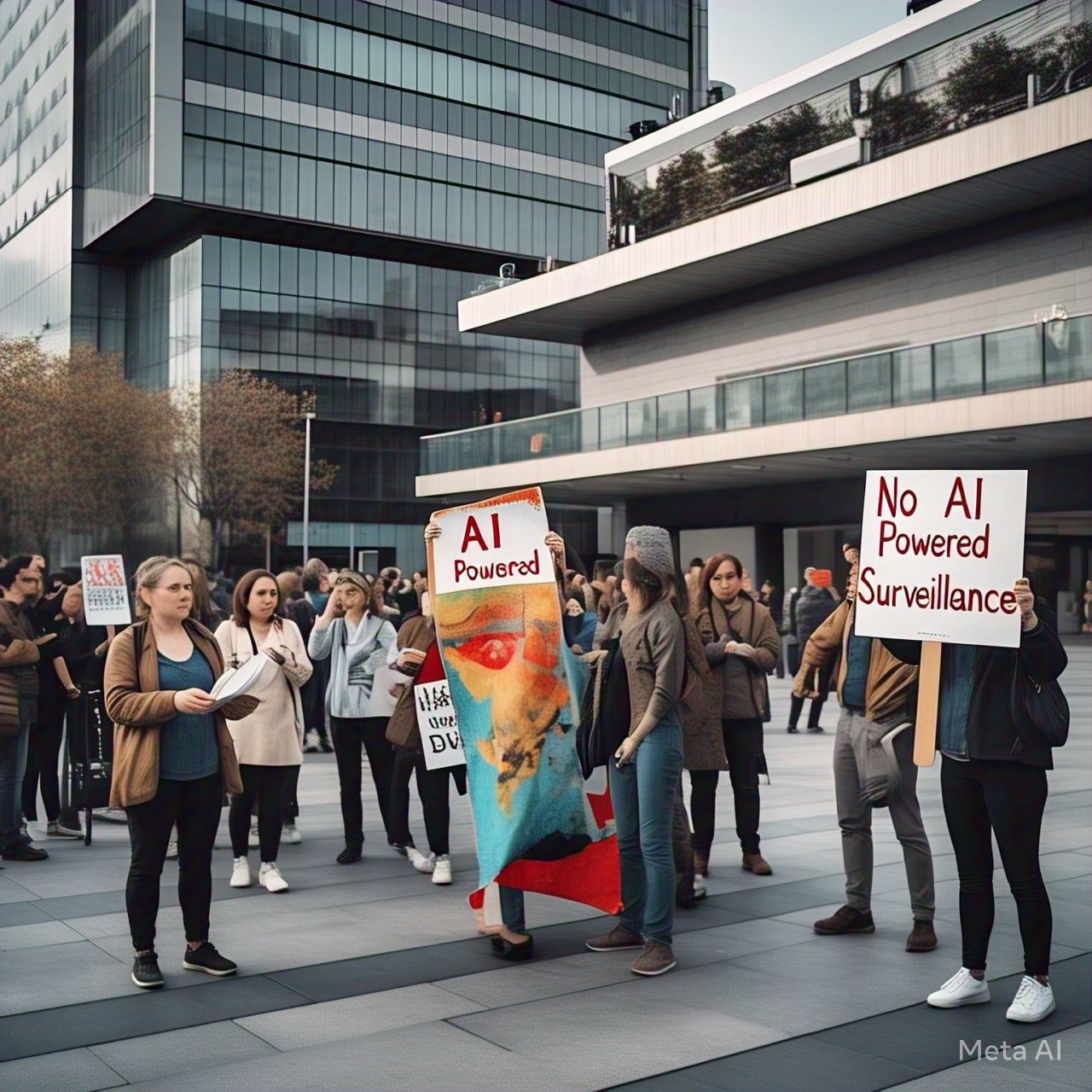Artificial Intelligence (AI) is rapidly transforming law enforcement, helping agencies improve security, solve crimes, and enhance public safety. From predictive policing to facial recognition, AI-driven tools offer innovative solutions to crime prevention. However, the integration of AI in law enforcement also raises concerns about privacy, bias, and civil rights. This article explores how AI is shaping modern policing, its benefits, and the challenges of maintaining ethical and fair law enforcement practices.
1. AI Applications in Law Enforcement
Predictive Policing
AI-powered algorithms analyze crime patterns and historical data to forecast potential criminal activities. Law enforcement agencies use predictive policing to:
- Identify high-risk areas and allocate resources efficiently.
- Anticipate criminal behavior and prevent crimes before they occur.
- Improve response times by providing real-time intelligence to officers.
Facial Recognition and Surveillance
AI-enhanced surveillance systems can:
- Identify suspects through facial recognition technology.
- Monitor crowds and detect suspicious activities.
- Assist in missing persons investigations and Amber Alerts.
AI in Cybercrime Prevention
With cyber threats on the rise, AI helps law enforcement combat online crimes by:
- Detecting fraudulent activities and data breaches.
- Identifying patterns in cyberattacks to prevent future threats.
- Automating digital forensics for faster investigation outcomes.
2. Benefits of AI in Law Enforcement
Increased Efficiency and Accuracy
- AI automates routine tasks, allowing officers to focus on critical operations.
- Machine learning models improve accuracy in crime detection and reporting.
Enhanced Public Safety
- AI-powered tools help reduce response times and prevent crimes before they escalate.
- Automated license plate recognition improves vehicle tracking and traffic law enforcement.
Cost Savings and Resource Optimization
- AI reduces manpower requirements for surveillance and administrative tasks.
- Smart analytics optimize law enforcement budgets and resource allocation.
3. Challenges and Ethical Considerations
Privacy and Civil Rights Concerns
- AI-driven surveillance raises concerns about mass monitoring and loss of personal privacy.
- Governments must implement regulations to prevent misuse of facial recognition technology.
Bias and Discrimination in AI Models
- AI algorithms may reflect biases from historical crime data, leading to unfair targeting of specific communities.
- Law enforcement agencies must ensure transparency and fairness in AI-driven decisions.
Accountability and Regulation
- Establishing legal frameworks to govern AI use in law enforcement is essential.
- Public oversight and ethical AI guidelines can help prevent abuse and maintain trust.
4. The Future of AI in Policing
- Advancements in AI will continue to shape crime prevention strategies.
- Ethical AI development and regulatory policies will play a crucial role in balancing security with civil rights.
- Collaboration between law enforcement, tech developers, and civil rights organizations will ensure responsible AI adoption.
Conclusion
AI is revolutionizing law enforcement by improving efficiency, accuracy, and public safety. However, the deployment of AI must be balanced with ethical considerations to protect civil rights and prevent biases. By implementing responsible AI practices and establishing clear regulations, law enforcement agencies can harness AI’s potential while maintaining public trust and upholding justice.




